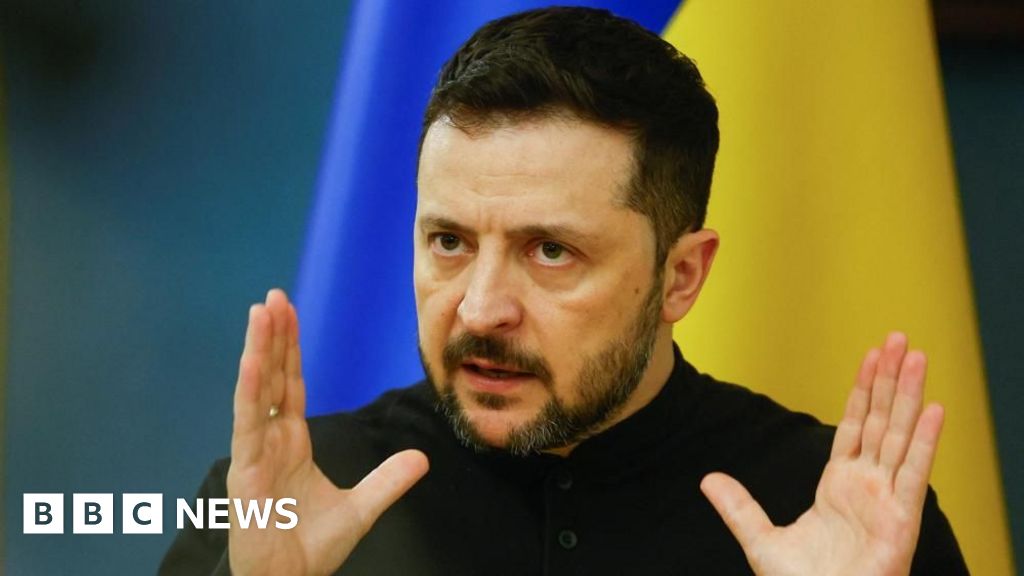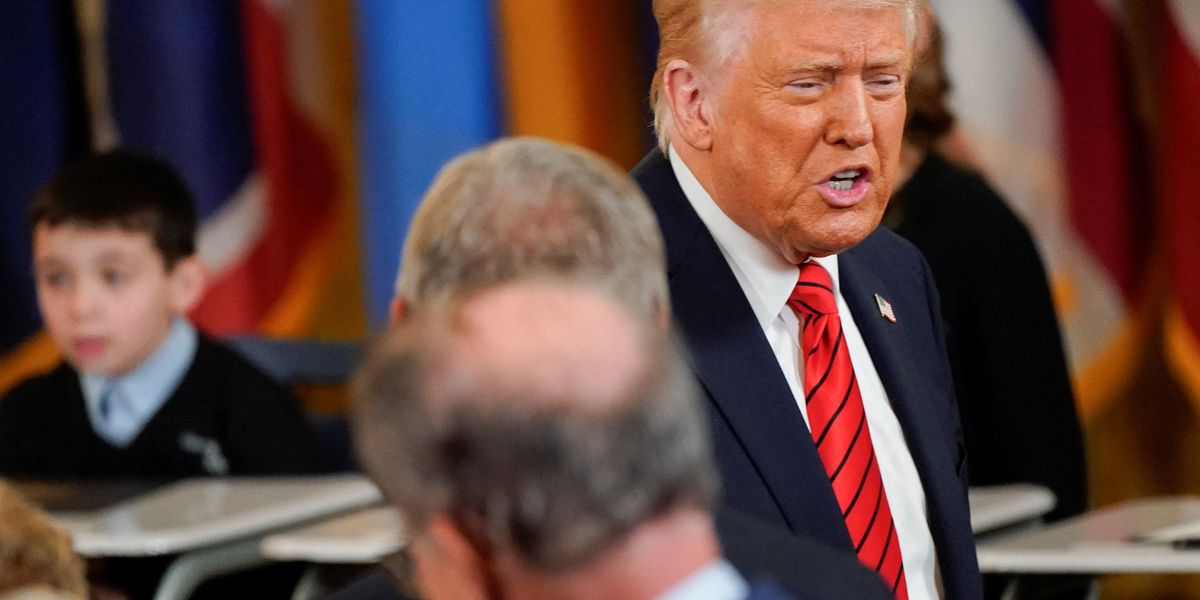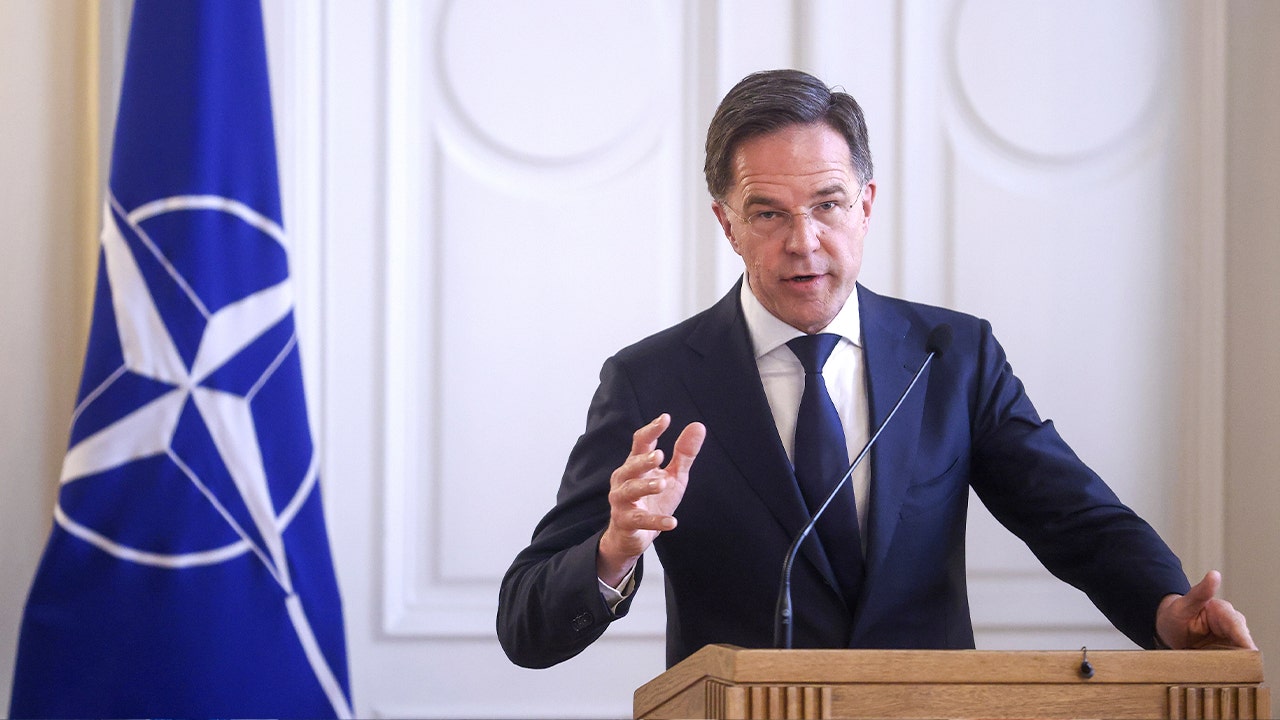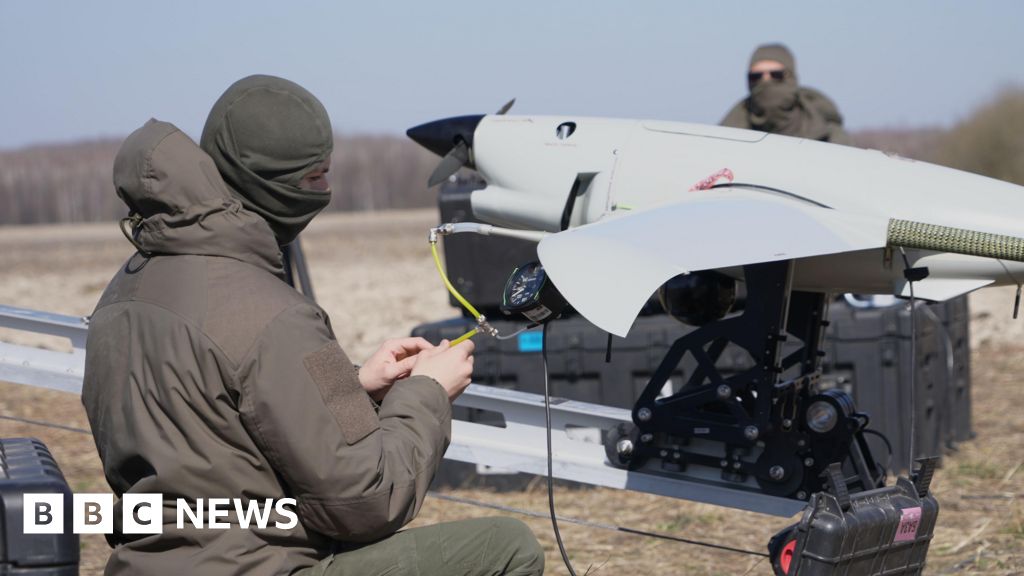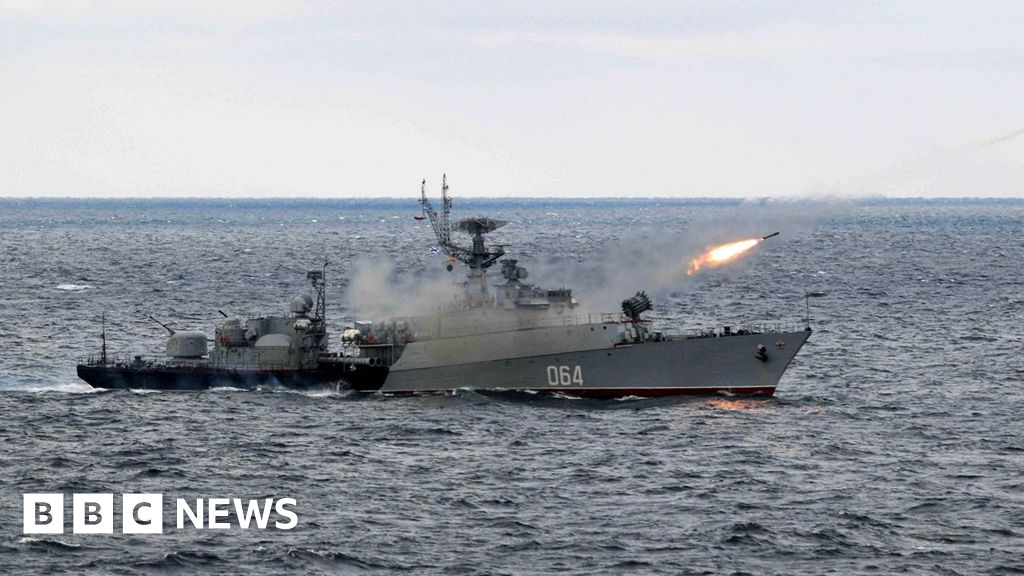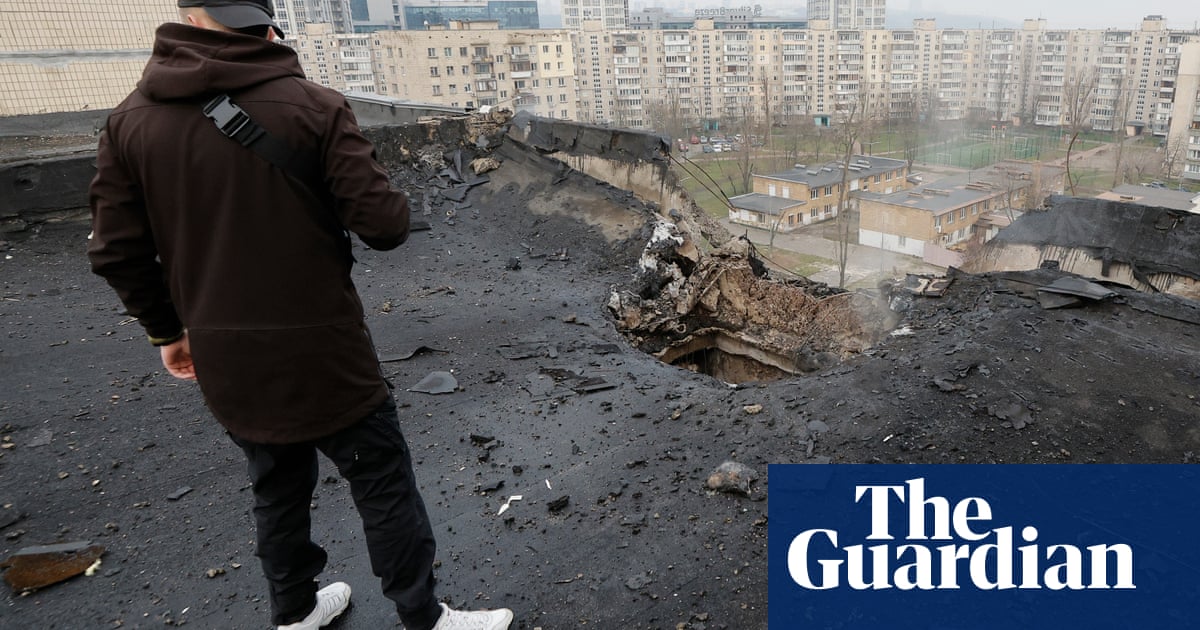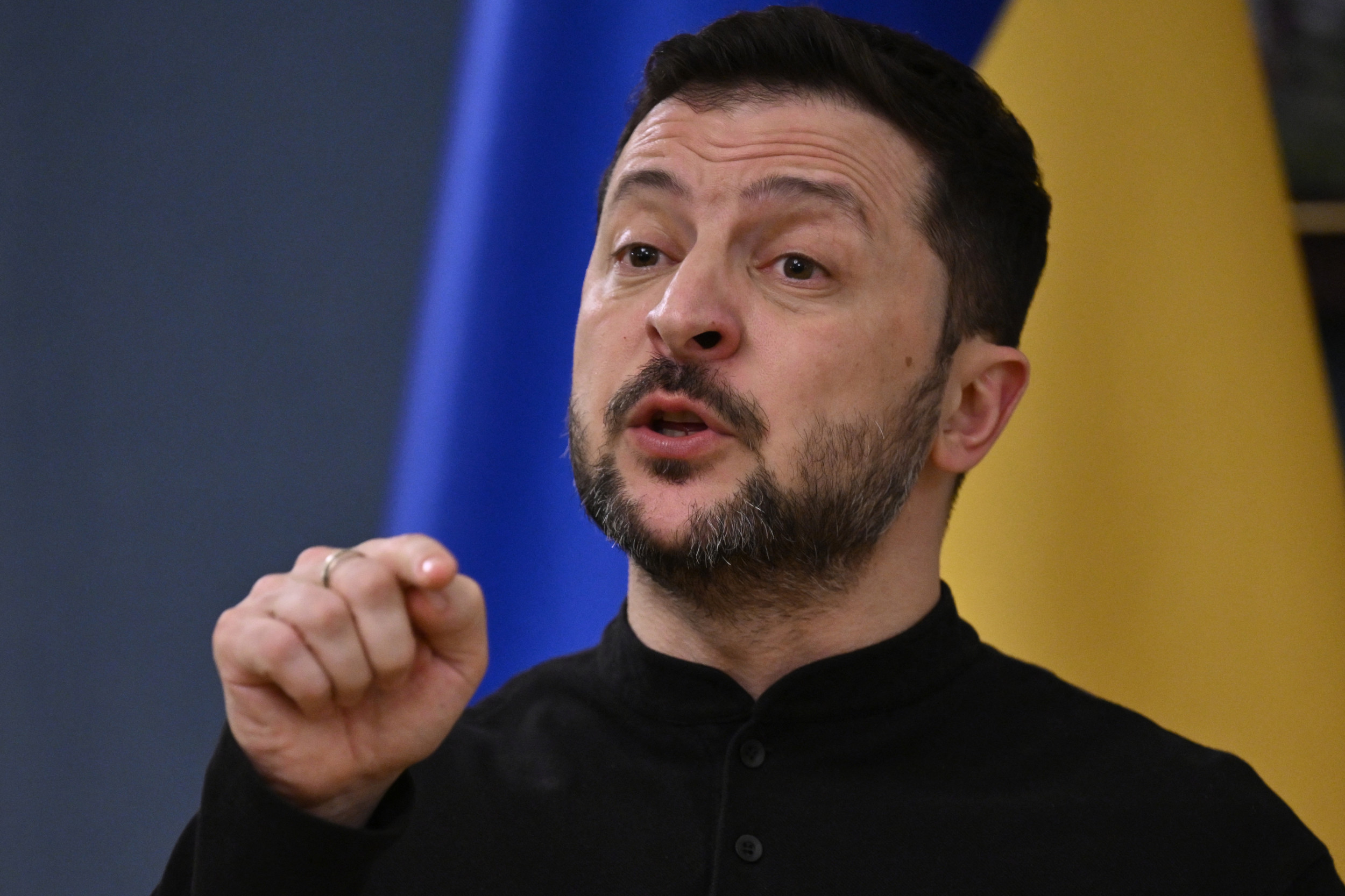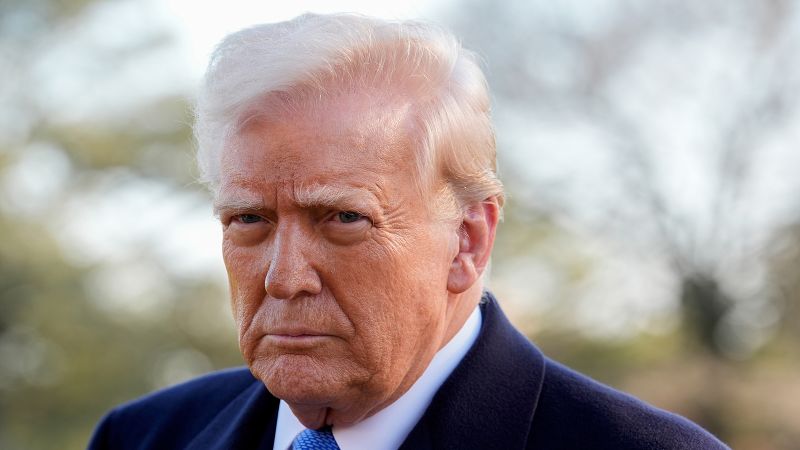Limited Ceasefire Agreement Faces Challenges as Ukraine and Russia Dispute Terms
Ukraine and Russia agree to a limited ceasefire amidst ongoing skepticism and conflicting terms, with President Zelensky stressing cautious optimism about implementation.
Subscribe to unlock this story
We really don't like cutting you off, but you've reached your monthly limit. At just $5/month, subscriptions are how we keep this project going. Start your free 7-day trial today!
Get StartedHave an account? Sign in
Overview
Following three days of negotiations, a limited ceasefire was agreed upon by the Trump administration, Ukraine, and Russia. Key terms include easing Black Sea shipping and halting strikes on energy infrastructure, but details remain disputed. Russia demands the lifting of sanctions as a condition for full compliance, whereas Ukrainian officials express skepticism about the agreement's net benefits. President Zelensky remains hopeful but warns against Russian manipulations. The ongoing Paris summit aims to align European support amidst military strategy shifts, as NATO addresses growing concerns about troop contributions to Ukraine's defense amid tensions.
Report issue

Read both sides in 5 minutes each day
Analysis
- Ceasefire negotiations between Ukraine and Russia are ongoing, with the U.S. involved in brokering agreements for pauses on energy attacks and safe navigation in the Black Sea.
- Despite discussions, both sides continue to launch drone and missile attacks, raising doubts about the viability of the ceasefire and trust in Russian intentions, as expressed by Ukrainian officials.
- There are significant differences in the interpretations of the agreements made, highlighting the fragility and complexity of reaching a lasting peace deal.
Articles (24)
Center (13)
FAQ
No FAQs available for this story.
History
- 7M

 4 articles
4 articles
- 7M

 4 articles
4 articles
- 7M

 6 articles
6 articles
